Unit 3 Jeopardy Review
1/25
There's no tags or description
Looks like no tags are added yet.
Name | Mastery | Learn | Test | Matching | Spaced |
|---|
No study sessions yet.
26 Terms
The name of this patellar orientation.
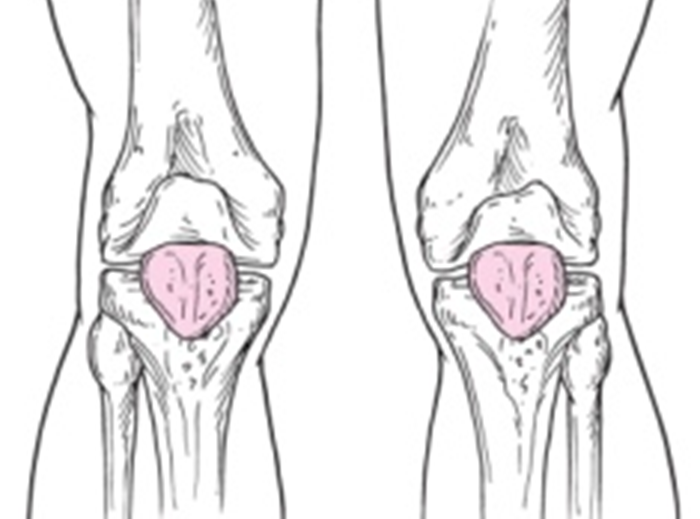
Patella baja
The specific name of this anatomical structure.
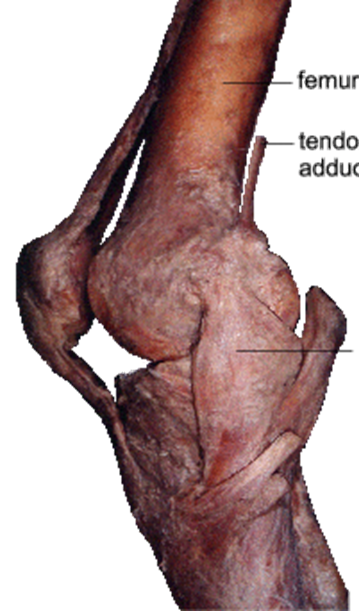
Medial collateral ligament (MCL)
These lateral structures stabilize the patella against medial displacement.
Lateral patellar retinaculum, patellofemoral lig, VMO, and ITB
These anatomical structures serve to increase joint stability and limit extremes of knee flexion and extension.
meniscui
This is the precise origin and insertion of the ACL.
O: tibia anterolateral plateau and I: posteromedial lateral condyle of femur
These structures can be palpated at the anteromedial and anterolateral joint line.
medial and lateral menisci
The finger below is pointing the approximate location of this attachment site.
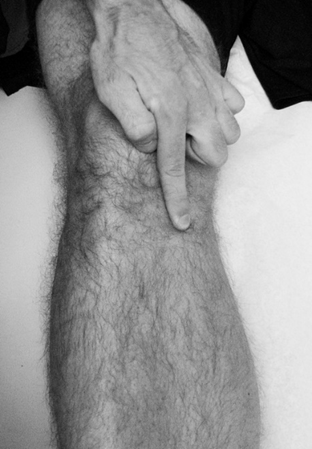
Pes anserine
This hamstring tendon is palpable on the posteromedial knee, and is located lateral to the other posteromedial hamstring tendon.
Semimembranosus
Palpable tenderness just proximal to the tibial tuberosity may indicate injury to which structures? (hint: must name 2)
Patellar tendon and infrapatellar bursa
A Baker's cyst would be palpated in which anatomical region.
popliteal fossa
These are the two most common special tests for the ACL.
Lockman's and Anterior drawer
The test shown below tests this anatomical structure.
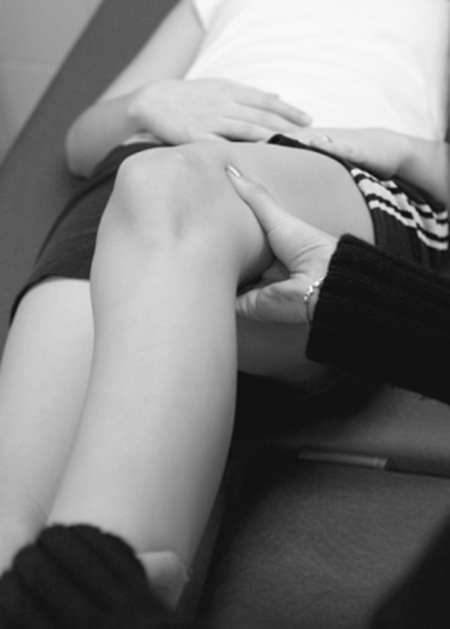
Iliotibial band
The findings below are consistent with what injury?
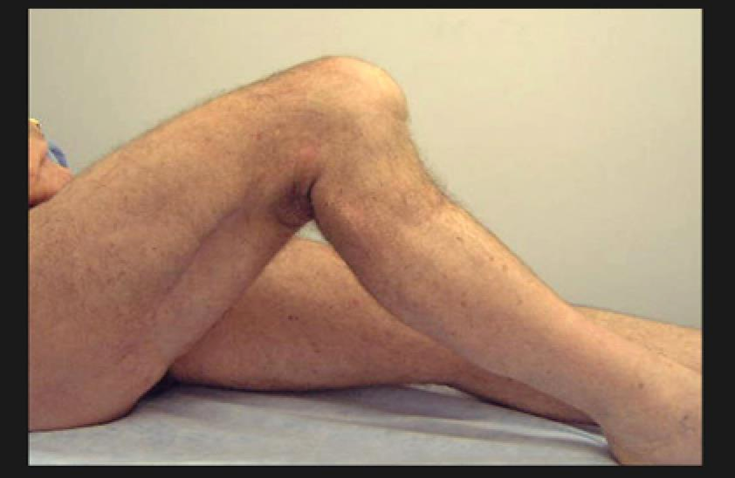
PCL sprain/tear
If McMurray's test causes a locking of the knee, the clinician should _____.
Reverse motion that you just did
The image below shows this test/motion of the patella.
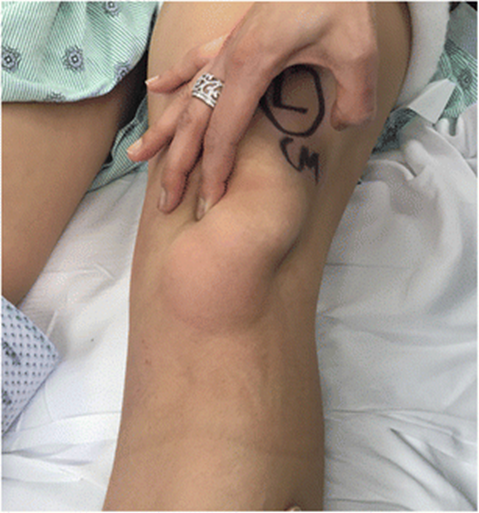
Lateral patellar glide/apprehension test
The name of the pathology shown below.
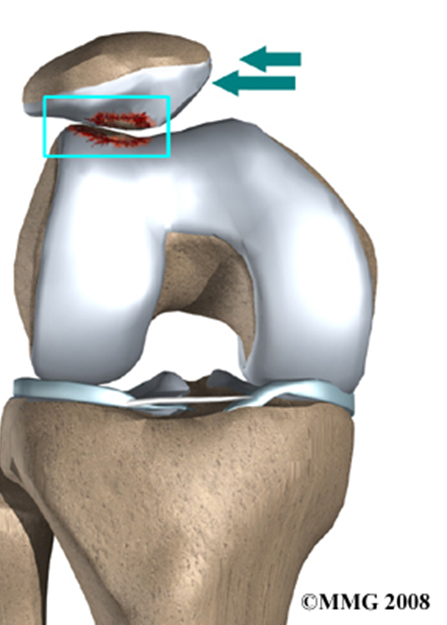
chondromalacia patella
Point tenderness over the patella and significant loss of function may indicate this pathology.
patellar Fx
The symptoms below are indicative of this grade of MCL injury.

grade 2
Which of the following activities would be most difficult if the PCL was torn? Forward running, Backward running, Side shuffle, Knee extension.
backward running
If injured, this structure could cause the inability to dorsiflex as shown below.
common peroneal (deep)
How should this athlete be transported off the field?
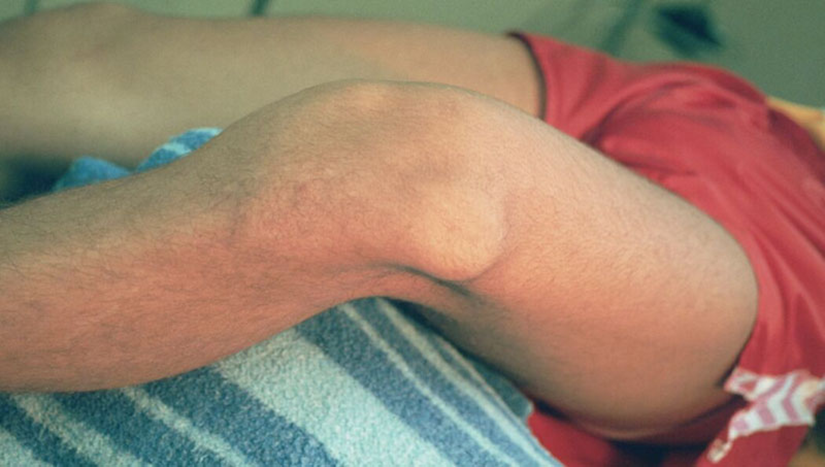
splint in position found and refer
"It hurts when I kneel." Name the suspected pathology.
osgood-schlatters disease
"My kneecap feels like its grinding when I perform this activity." Name the suspected pathology.
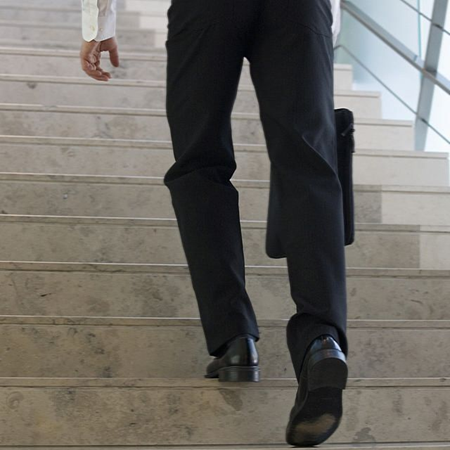
chondromalacia patella
"My knee hurts when I get up after sitting for a long time." Name the suspected pathology.
patellar tendinitis
"It hurts when I run and cut. It'll give way, and sometimes it feels like my knee gets stuck.
meniscus
"It hurts worst as I extend my knee, right around 30 degrees on the lateral side." Name the suspected pathology.
Iliotibial band friction syndrome